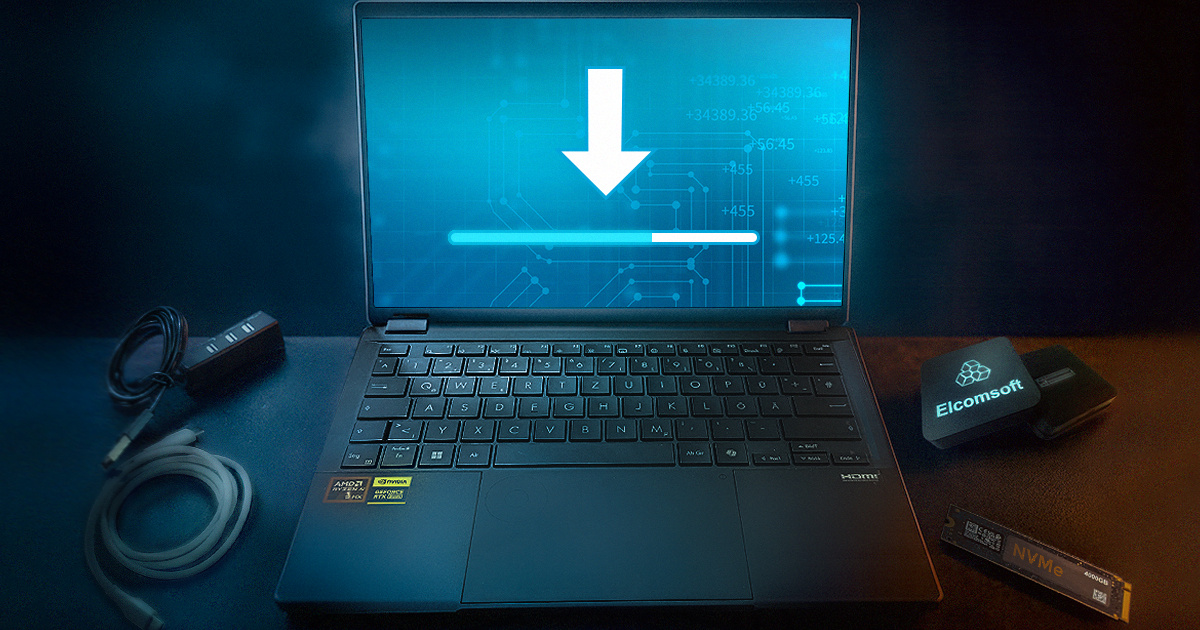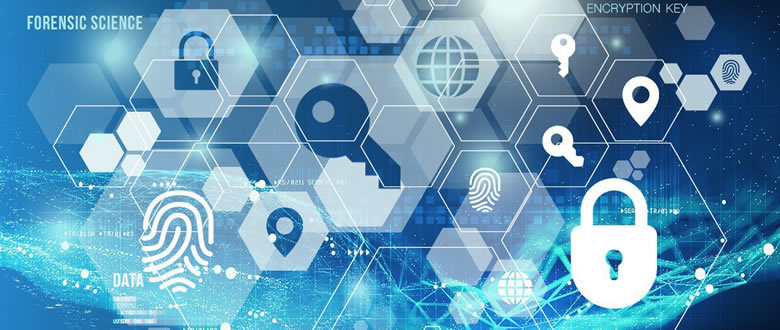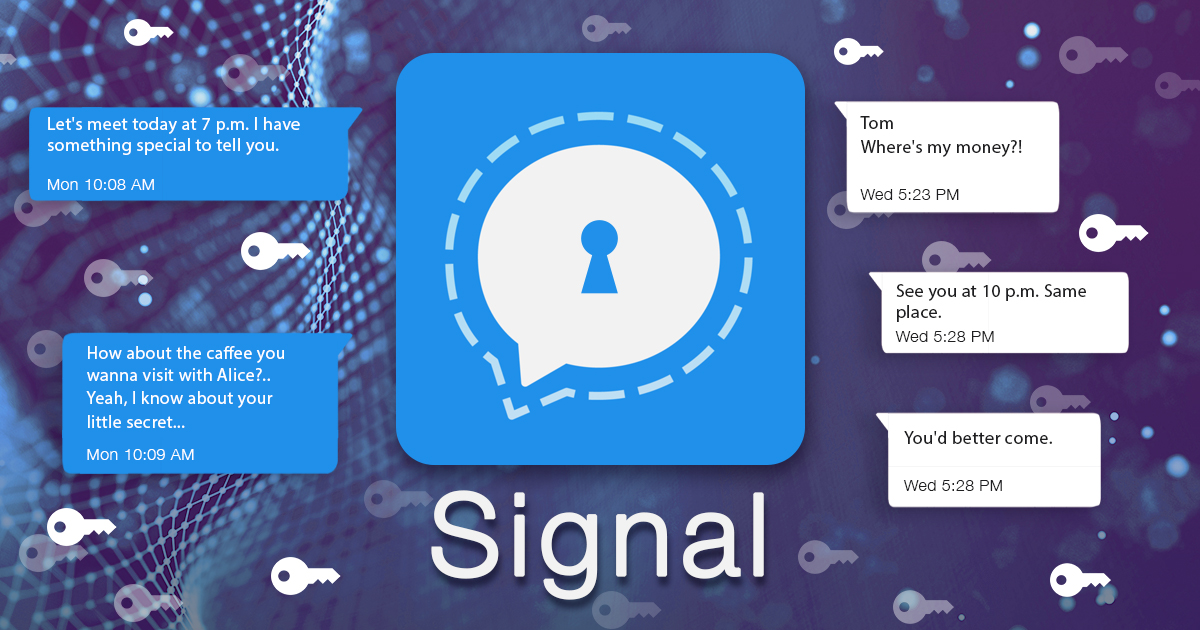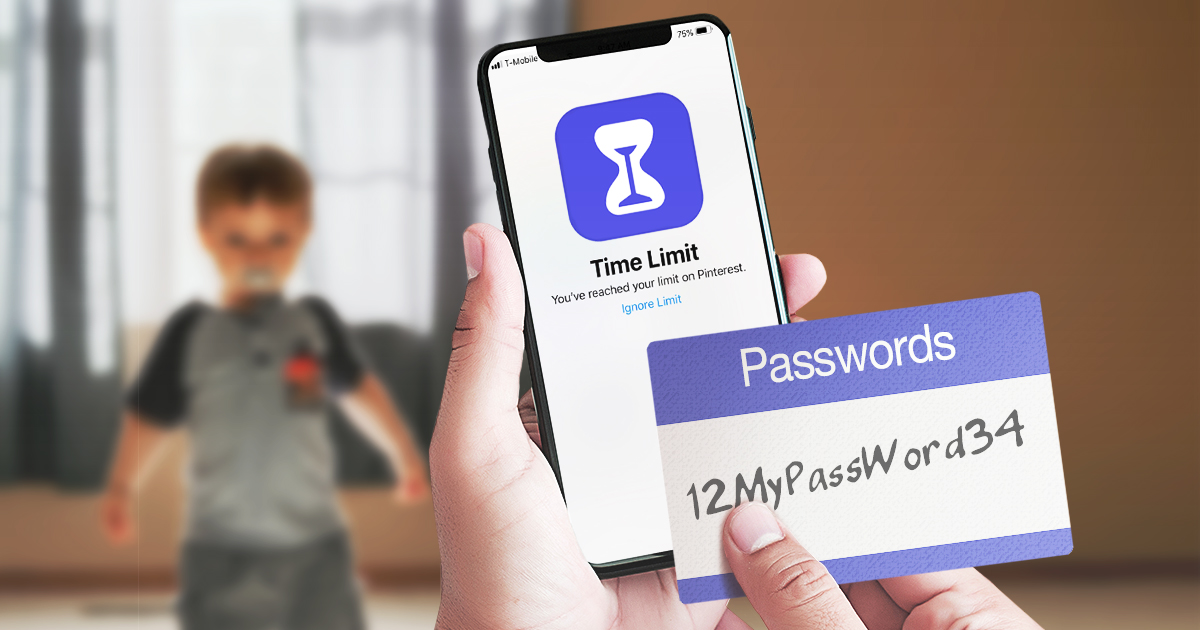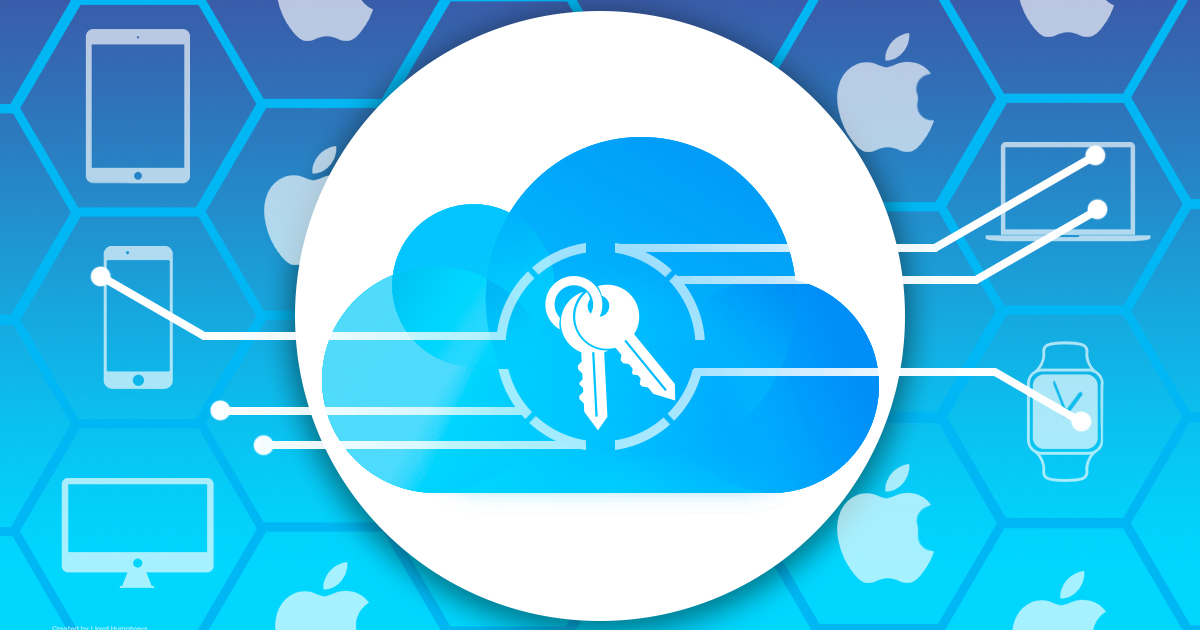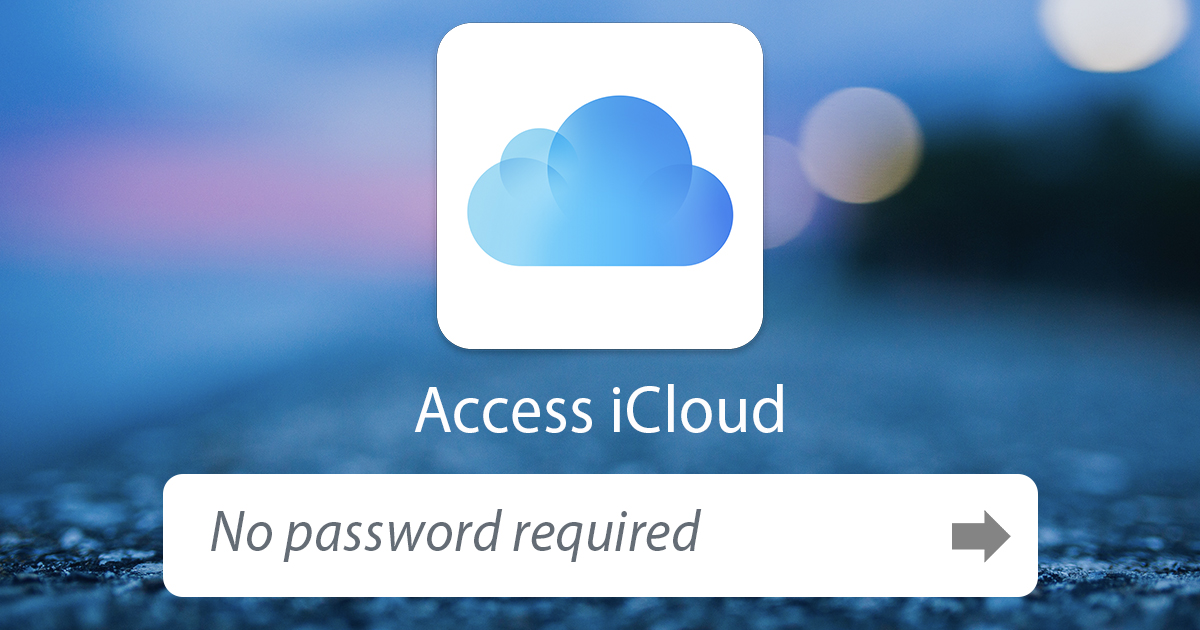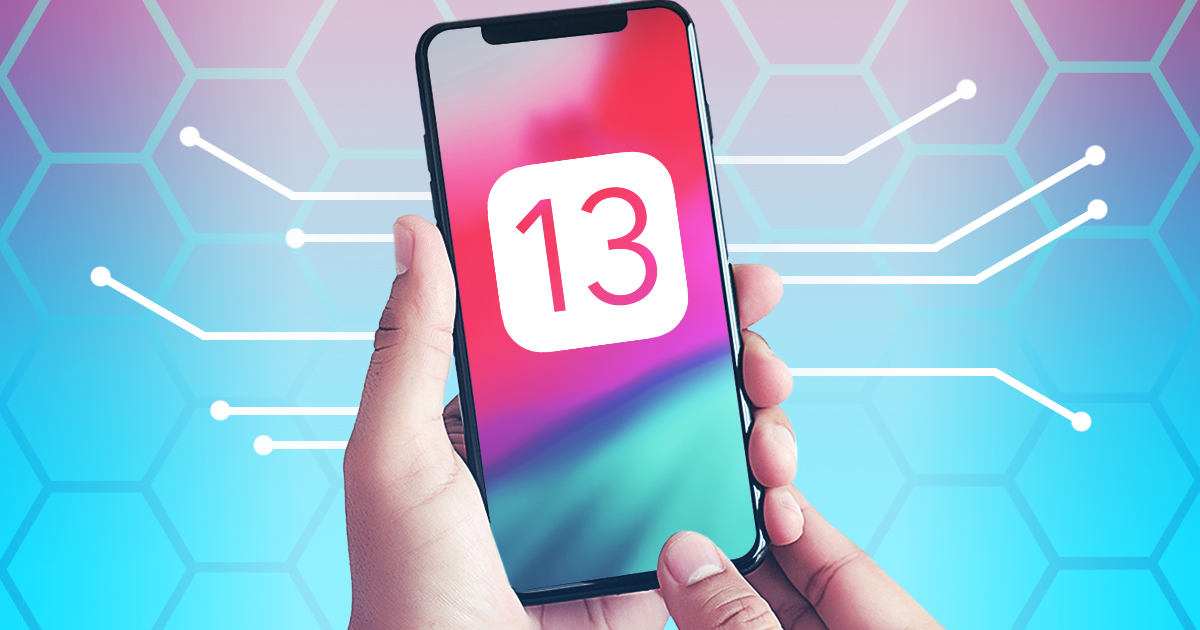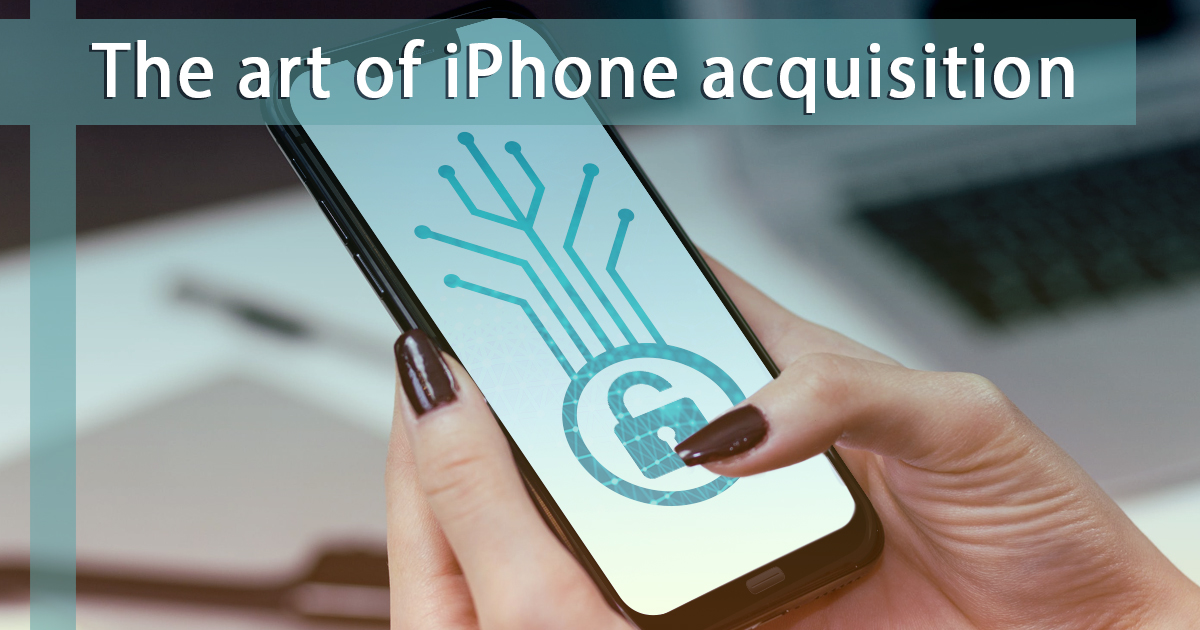January 8th, 2026 by Oleg Afonin
For decades, the forensic “gold standard” was straightforward: isolate the computer, pull the plug, and image the drive. In that era, what you saw on the screen was physically present on the magnetic platters, waiting to be extracted bit by bit. Today, that assumption is not just outdated; it is plain wrong. The rapid adoption of cloud storage services, partial on-demand synchronization, and full-disk encryption has fundamentally broken the traditional dead-box workflow, turning the simple act of powering down a suspect’s computer into a potential destroyer of evidence.
Read the rest of this entry »
